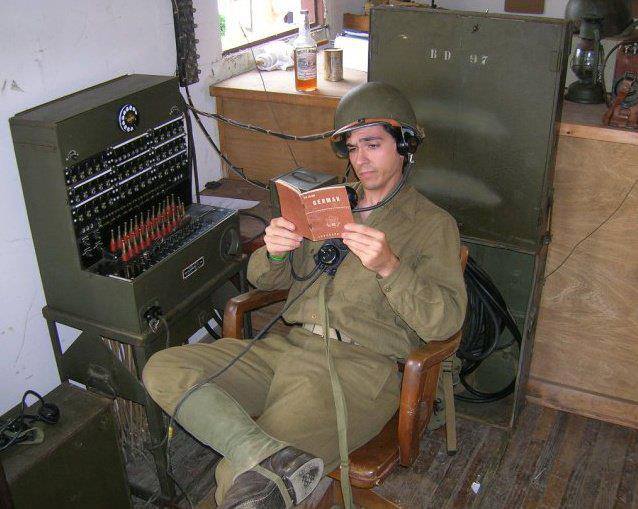It seems we can’t find what you’re looking for. Perhaps searching can help.

Hi, I'm Pat Costa, and welcome to my site! Here you will find resources for teachers, such as my free lesson plans and paid lesson plans, historical information centered mostly around The War of 1812, World War 2, and World War 1. I'm also involved in WordPress, so I have WordPress information to share. You'll also find a dash of political opinions thrown in for good measure.
Learn more or contact me!